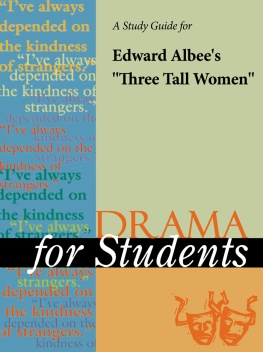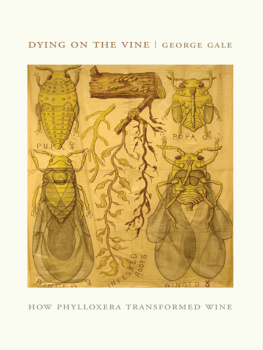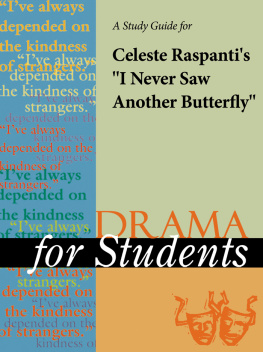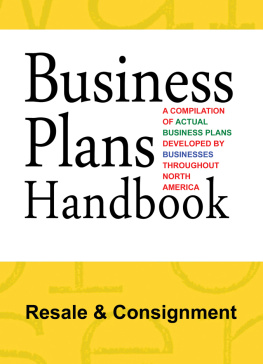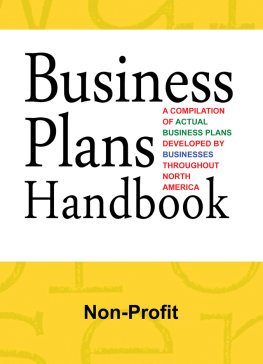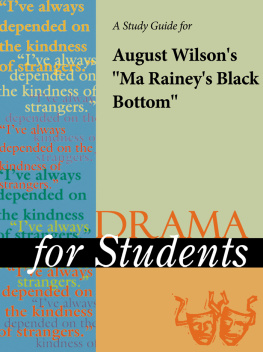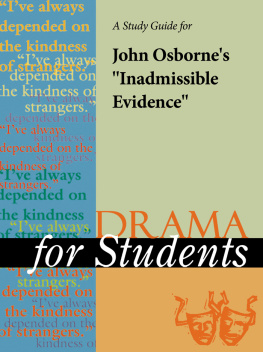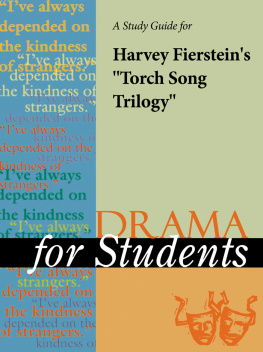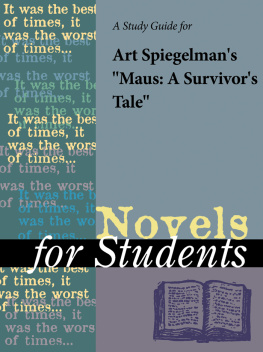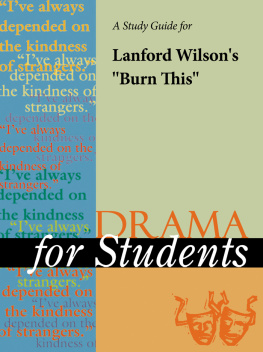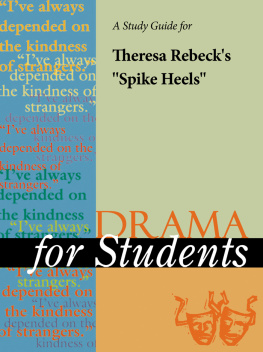TABLE OF CONTENTS
Guide
Drama for Students, Volume 8
Staff
Editorial: David M. Galens, Editor. Andrea Henry, Mark Milne, and Kathleen Wilson, Contributing Editors. James Draper, Managing Editor. David Galens, For Students Line Coordinator.
Research: Victoria B. Cariappa, Research Manager. Andrew Guy Malonis, Barbara McNeil, Gary J. Oudersluys, Maureen Richards, and Cheryl L. Warnock, Research Specialists. Patricia Tsune Ballard, Wendy K. Festerling, Tamara C. Nott, Tracie A. Richardson, Corrine A. Stocker, and Robert Whaley, Research Associates. Phyllis J. Blackman, Tim Lehnerer, and Patricia L. Love, Research Assistants.
Permissions: Maria Franklin, Permissions Manager. Kimberly F. Smilay, Permissions Specialist. Kelly A. Quin, Permissions Associate. Sandra K. Gore, Permissions Assistant.
Graphic Services: Randy Bassett, Image Database Supervisor. Robert Duncan and Michael Logusz, Imaging Specialists. Pamela A. Reed, Imaging Coordinator. Gary Leach, Macintosh Artist.
Product Design: Cynthia Baldwin, Product Design Manager. Cover Design: Michelle DiMercurio, Art Director. Page Design: Pamela A. E. Galbreath, Senior Art Director.
Copyright Notice
Since this page cannot legibly accommodate all copyright notices, the acknowledgments constitute an extension of the copyright notice.
While every effort has been made to secure permission to reprint material and to ensure the reliability of the information presented in this publication, the Gale Group neither guarantees the accuracy of the data contained herein nor assumes any responsibility for errors, omissions, or discrepancies. Gale accepts no payment for listing; and inclusion in the publication of any organization, agency, institution, publication, service, or individual does not imply endorsement of the editors or publisher. Errors brought to the attention of the publisher and verified to the satisfaction of the publisher will be corrected in future editions.
This publication is a creative work fully protected by all applicable copyright laws, as well as by misappropriation, trade secret, unfair competition, and other applicable laws. The authors and editors of this work have added value to the underlying factual material herein through one or more of the following: unique and original selection, coordination, expression, arrangement, and classification of information. All rights to this publication will be vigorously defended.
2000 Gale Group
27500 Drake Rd.
Farmington Hills, MI 48331-3535
Gale Group and Design is a trademark used herein under license.
All rights reserved including the right of reproduction in whole or in part in any form.
This book is printed on acid-free paper that meets the minimum requirements of American National Standard for Information SciencesPermanence Paper for Printed Library Materials, ANSI Z39.48-1984.
ISBN 0-7876-4082-4
ISSN 1094-9232
Printed in the United States of America
10 9 8 7 6 5 4 3 2 1
Three Tall Women
Edward Albee
1991
Introduction
Critics have noted autobiographical elements in several of Albees plays, particularly Whos Afraid of Virginia Woolf (1962) and A Delicate Balance (1966). By his own admission, however, Three Tall Women is Albees most intentionally autobiographical work to date.
The protagonist of the play, a compelling woman of more than ninety years old, reflects on her life with a mixture of shame, pleasure, regret, and satisfaction. She recalls the fun of her childhood and her marriage, when she had an overwhelming optimism for her future. Yet she bitterly recalls the negative events that resulted in regret: her husbands extramarital affairs, the death of her husband, and the estrangement of her gay son.
The womans relationship with her son is the clearest indication that Albee was working through some troubled memories of his own in Three Tall Women. The playwright was raised by conservative New England foster parents who disproved of his homosexuality. Like the son in his play, he left home at eighteen. Albee admitted to the Economist that the play was a kind of exorcism. And I didnt end up any more fond of the woman after I finished it than when I started it.
Besides exorcising some personal demons with the play, Albee regained some respect among New York theater critics. Many critics despaired that the playwright, who showed such promise during the 1960s and 1970s, had dried up creatively. In fact, Three Tall Women was awarded the Pulitzer Prize for Drama in 1994, as well as the Drama Critics Circle, Lucille Lortel, and Outer Critics Circle awards for best play.
Author Biography
Born in 1928, Albee was adopted by Reed and Frances Albee, a wealthy couple involved in the theater. He was a precocious writer, composing poetry at the age of six and a play at twelve. As a teenager, he left home when his parents disapproved of his sexual preference; this confrontation would appear later in his plays, in particular Three Tall Women.
Albees first one-act play, The Zoo Story, (1958), garnered comparisons with the works of Tennessee Williams and Eugene Ionesco. Subsequent works such as The Death of Bessie Smith (1960), The Sandbox (1960), and The American Dream (1962) earned Albee a place among the top avant-garde writers of the day.
Without doubt, Albees best-known work is Whos Afraid of Virginia Woolf (1962). In this three-act drama, a middle-aged, hard-drinking couple argues and complains about their miserable lives. Critics suggested autobiographical motives in Albees depiction of George and Martha, the feuding husband and wife, and welcomed the play as an invigorating exploration of the troubled lives of American families. The play was turned into a film starring Richard Burton and Elizabeth Taylor in 1966. That same year, Albee earned the first of three Pulitzer Prizes for A Delicate Balance.
During the 1970s and 1980s, he produced a string of notable failures that included Box and Quotations from Mao Tse-Tung (1969), All Over (1971), and The Lady from Dubuque (1980). The only play during this period that received a generally favorable response was Seascape, for which he won a second Pulitzer Prize in 1975.
While his plays remained popular on university stages and in regional theaters around the country, Albee seemed like a professional outcast. During this time he continued to write, and taught the craft of playwriting at the University of Houston in Texas. Then, in the early 1990s, he earned his third Pulitzer Prize as well as widespread critical and popular acclaim for Three Tall Women. In 1993 the Signature Theatre in Manhattan devoted an entire season to Albees plays.
In 1996, President Bill Clinton awarded him the National Medal of the Arts for his distinguished career. Critic Robert Brustein noted in The New Republic, His late career is beginning to resemble ONeills, another dramatist who wrote his greatest plays after having been rejected and abandoned by the culture. Happily, unlike ONeill, he may not have to wait for death to rehabilitate him.

